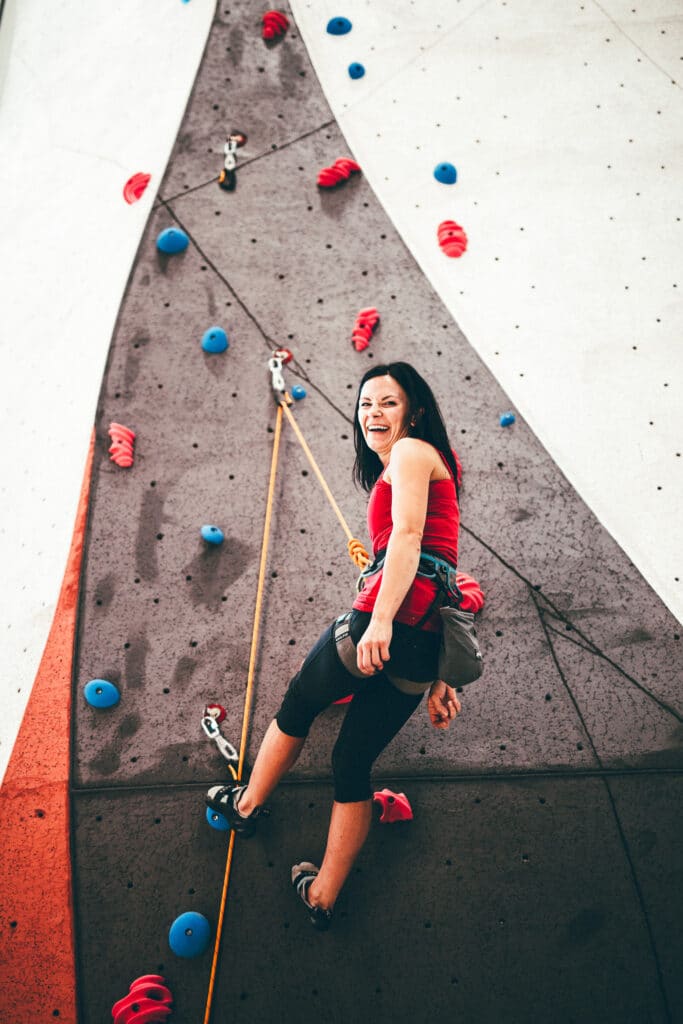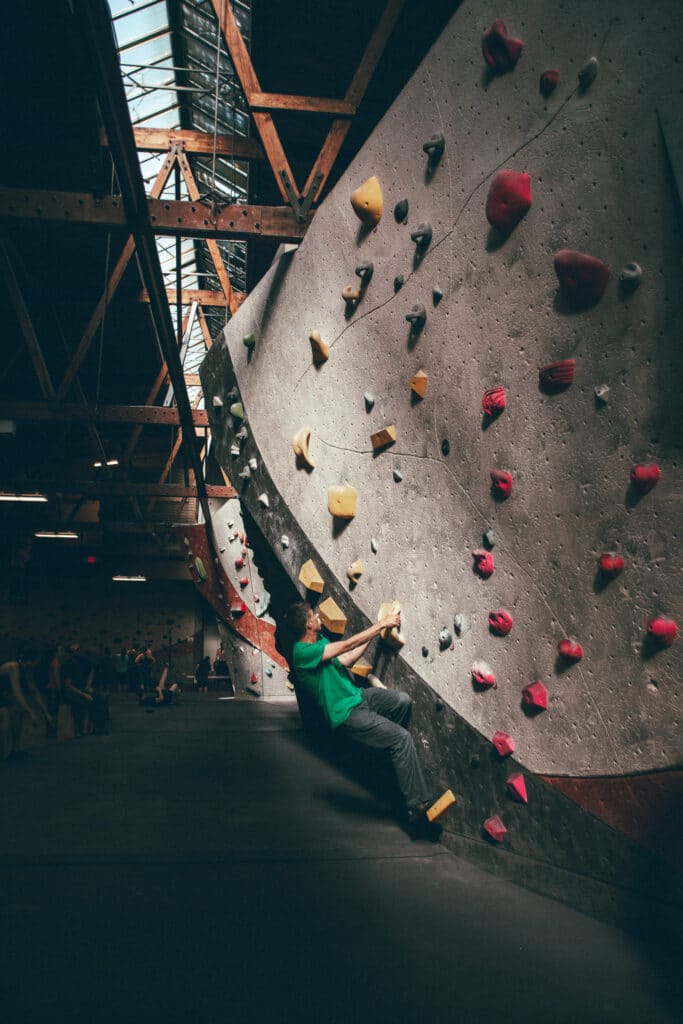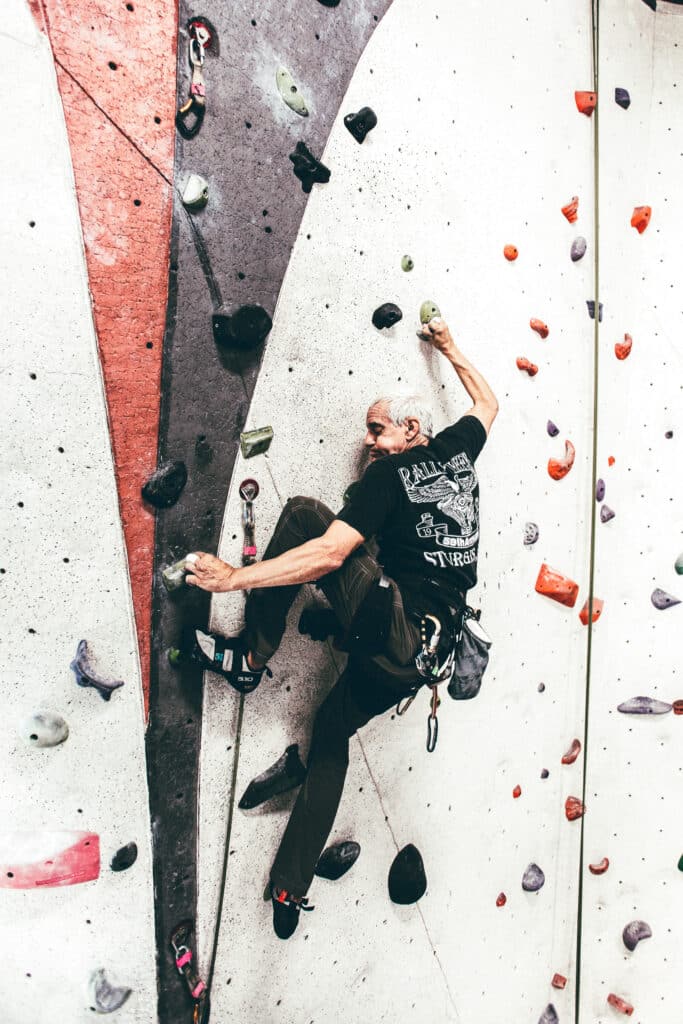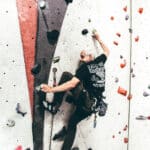Keep Climbing As We Get Older
As we age, our bodies change, and so do our abilities. However, this does not mean that we should stop doing the things we love, such as climbing. As a challenging and rewarding activity, there are many older climbers who continue to climb at a high level. Here are some climbing tips for older climbers to help them stay safe and enjoy their climbing experience.
1. Stay Active and Fit:
One of the most important things for climbers as we get older is to stay active and fit. Regular exercise can help maintain muscle mass, flexibility, and cardiovascular health. This can help prevent injury and make climbing easier and more enjoyable. Incorporate activities such as yoga, Pilates, swimming, biking, or weight training into your routine to stay strong and flexible.
2. Warm Up and Stretch:
Before climbing, it is essential to warm up and stretch. This can help prevent injury and improve performance. Take at least 10-15 minutes to do some light cardio, such as riding a stationary bike or using a rowing machine, to get your heart rate up without putting too much stress on your joints. Then, spend some time stretching your muscles, paying particular attention to your hips, shoulders, and back.

3. Use Proper Equipment:
Using proper equipment is crucial for safe climbing, regardless of age. Make sure your gear is in good condition and appropriate for your climbing style. Invest in a comfortable harness that fits properly and shoes that fit well. Be sure to retire any gear that has past its useful lifespan and follow manufacturers’ recommendations.
4. Climb with a Partner:
Climbing with a partner can provide both safety and motivation. It’s always good to have someone to watch your back, catch you when you fall, and give encouragement. Additionally, having a partner can make climbing more enjoyable and push you when motivation need is needed.

5. Know Your Limits:
As we age, our body may not be able to do everything it once could. That is okay and natural. It is essential to know your limits and climb within them. Do not push yourself too hard or attempt climbs that are beyond your current reality. Remember, climbing should be fun and rewarding, not a source of stress or injury.
6. Practice Good Technique
Good technique is essential for safe and efficient climbing. Focus on using your legs to push yourself up, rather than relying on your arms to pull you up. Keep your hips close to the wall and your weight over your feet. This can help conserve energy and reduce the risk of injury. Climbing smarter can make up for any lose of strength.
7. Take Breaks and Stay Hydrate:
Climbing can be a strenuous activity, so it is important to take breaks and stay hydrated. Rest between climbs and drink plenty of water throughout the day. This can help prevent fatigue, keep your muscles and joints lose, and keep you energized.
8. Listen to Your Body:
Finally, it is crucial to listen to your body. If you feel pain or discomfort, take a break and assess the situation. Do not push through the pain or try to tough it out. This can lead to more serious injury and set you back even further.
Climbing can be a fantastic activity for us as we get older, as long as we take the necessary precautions. Staying active, using proper equipment, climbing with a partner, and practicing good technique are all essential for safe and enjoyable climbing. Remember to listen to your body, know your limits, and (most of all) have fun!

Climbing is dangerous, it involves inherent and other risks and cannot be eliminated. The information presented here does not describe all of the risks associated with climbing and is not intended to replace or supersede expert instruction and training.
© 2023 Vertical Endeavors, Inc. All rights reserved. The contents of this article, photographs, and graphical representations are protected by U.S. and International copyright laws. Reproduction and distribution, in part or whole, without written permission from Vertical Endeavors are prohibited. The opinions and information contained in this article are for entertainment and informative purposes. They are those of the author and may not represent those of Vertical Endeavors, and do not necessarily reflect the ideas, ideologies, opinions, or points of view of the organization, affiliates, owners, stockholders, partners, suppliers, licensors or staff. Under no circumstances shall Vertical Endeavors or any entity that are, have been, or will be affiliated be liable for any indirect, incidental, consequential, special, or exemplary damages arising out of or in connection with the information contained in this article.

